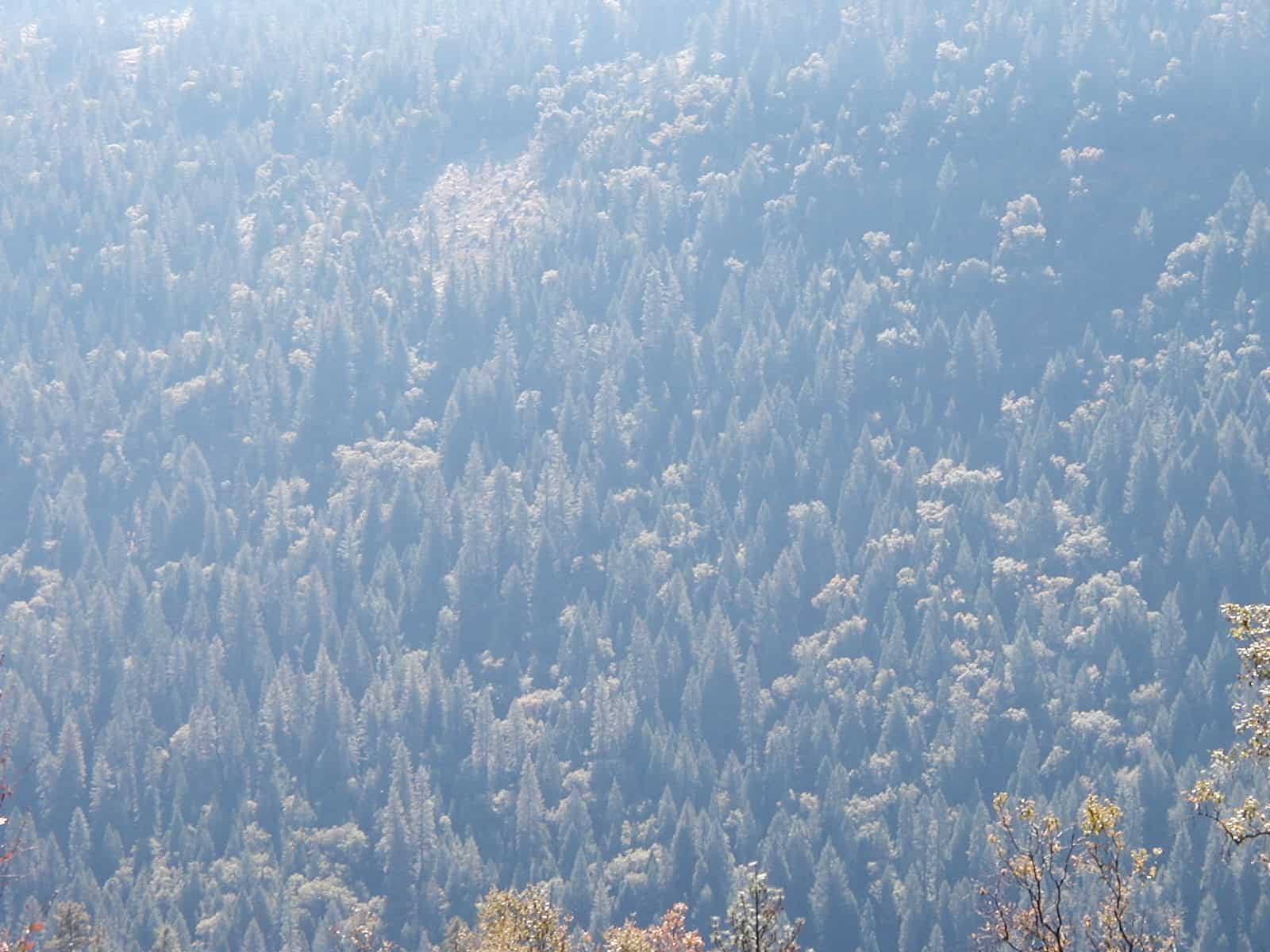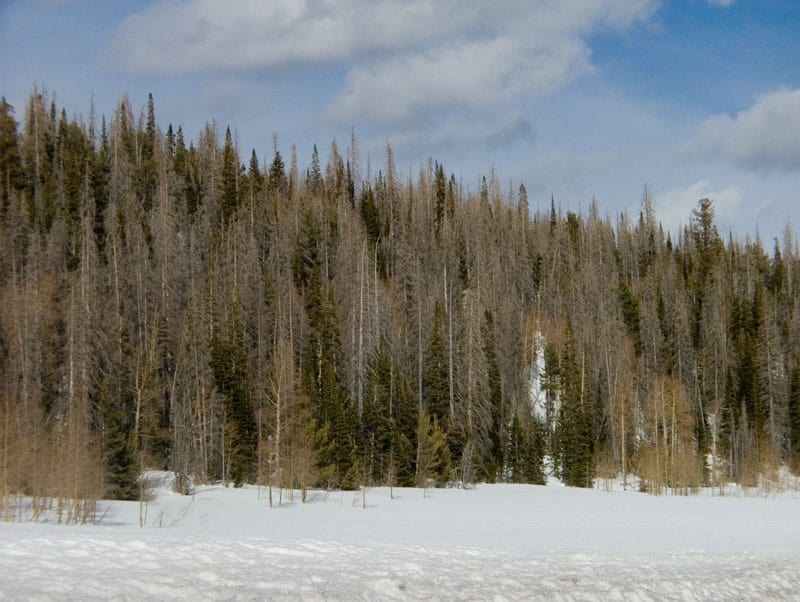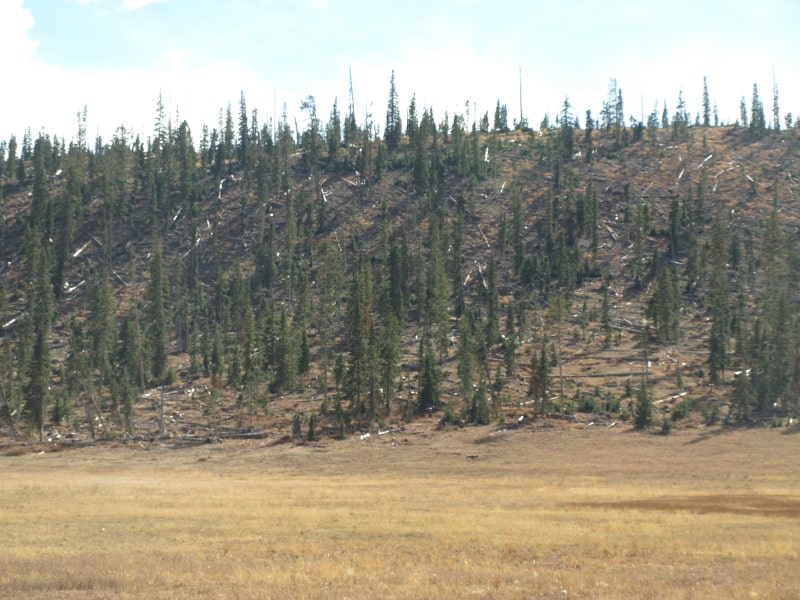Justin Scheck of the Wall Street Journal has the full story. Snips are below:
The U.S. Treasury Department plans to demand back more than $5 million it granted a Montana power plant that later filed for bankruptcy, in what would be a rare foray by the government into the courts to claw back job-creation funds distributed under the 2009 economic-stimulus package….
The Treasury paid Thompson River $6.5 million in 2010 from a piece of the American Recovery and Reinvestment Act known as Section 1603 that reimbursed developers of renewable energy with cash payments equivalent to 30% of their projects’ costs. The program has given out more than $11 billion, the Treasury Department says….
The grant to Thompson River, majority-owned by a Minnesota private-equity firm, was to convert a coal-fired plant to burn wood, which is considered a “renewable” power source. But since receiving the money, the plant never operated either as a coal- or wood-burning plant, according to Montana regulators, and has produced neither power nor new jobs. It is now mothballed. It is not known how many new jobs the firm promised to create, or how many currently are employed at the plant….
Thompson River was an old coal-fired power plant on which a new ownership group, led by Wayzata, spent more than $20 million to bring into compliance with emissions rules and burn “clean coal,” said people familiar with the project. After finishing the work, said a person involved in the project, Wayzata announced that the plant would burn only wood—making it eligible for the Recovery Act money as long as the plant was technologically capable of producing power. But its owners found they couldn’t operate the plant profitably by just burning wood, said three people with knowledge of the project….
UPDATE: The Missoulian’s new columnist, George Ochenski, also takes a look at the Thompson River Biomass Debacle in today’s paper:
“It’s not hard to recall the fiasco of the University of Montana’s recent biomass proposal, which ignored both economics and environmental impacts while being endlessly promoted by the university, Sen. Jon Tester and his handful of industry and environmental collaborators. It is equally important to remember that the Thompson River venture was initially sold to the public as a wood-burning plant, but quickly morphed into a super-polluting coal-burner once the economics of wood chips kicked in. Could that happen elsewhere? You bet it could.”


